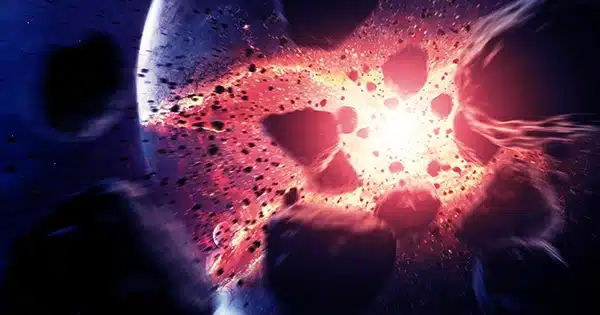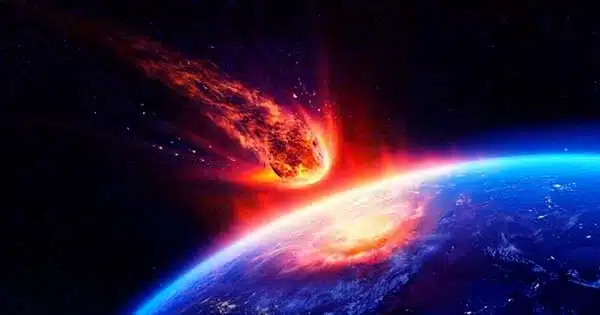On Halloween, a volcanic “devil comet” hurtling toward Earth erupted again, forcing it to regenerate its distinctive “horns.” The recent outburst, the second in a month and the third since July serves as a reminder that the comet is growing more volcanically active as it moves closer to the center of the solar system.
The comet is a cryovolcanic, or cold volcano, comet designated 12P/Pons-Brooks (12P). 12P, like other comets, has a solid nucleus — a hard, frozen shell filled with ice, gas, and dust — surrounded by a fuzzy cloud, or coma, composed of components that seep out of the comet’s interiors.
However, unlike non-volcanic comets, solar radiation can superheat 12P’s innards, causing pressure to build up until it splits the nucleus’ shell from the inside and shoots its ice guts into space. As a result of these outbursts, the comet’s coma expands and brightens, reflecting more sunlight toward Earth.
When the comet bursts, its coma shapes into the distinctive devil “horns.” These happen because 12P’s enormous nucleus, which is around 10.5 miles (17 kilometers) across, has an odd “notch” on its surface that prevents cryomagma from escaping into space and causes its extended coma to grow in an uneven form.

Astronomers witnessed 12P blow its top for the first time in 69 years on July 20 as its misshaped coma grew to be more than 7,000 times wider than its nucleus. The comet then erupted again, this time with significantly more force, on Oct. 5.
Last week, on Oct. 31, amateur astronomer Eliot Herman noticed another outburst as 12P became about 100 times brighter than usual, according to Spaceweather.com.
“On Halloween, the devil burst forth again with a large outburst that continued into the next day,” Herman explained to Spaceweather.com. Subsequent inspections revealed that its coma had greatly expanded and regrown its horns, though they were not as conspicuous as in earlier eruptions, he added.
Approaching Earth: 12P has an elliptical orbit, which means it is drawn close to the sun before being slingshotted back into the outer solar system, where it drifts slowly before falling back toward the inner solar system. This orbit is extremely similar to that of the green comet Nishimura, which performed a similar slingshot maneuver around the sun in September.
It takes 12P approximately 71 years to complete one full trip around the sun, with the majority of that time spent buried in the outer solar system. As a result, scientists can only see the comet plainly as it approaches the sun, which is currently happening.
According to TheSkyLive.com, 12P will reach its closest point to the sun, or perihelion, on April 24, 2024, at a minimum distance of 72.5 million miles (116.7 million km), which is closer to the sun than Earth but farther away than Venus.
After slingshotting around the sun, the comet will pass by Earth at a distance of 144.1 million miles (231.9 million km) — or roughly 1.5 times further away from Earth than the sun — on its way back out into the outer solar system on June 2 next year. According to TheSkyLive.com, it will stay there until 2094.
Because their comas reflect more sunlight, comets seem brighter in the night sky as they travel closer to the sun. This means that it will most likely be visible to the naked eye as it passes Earth in late May or early June.
As 12P approaches closer to the sun, it may show off its diabolical horns more frequently as it absorbs more solar radiation, which boils its frozen bowels and increases the likelihood of eruptions.
















